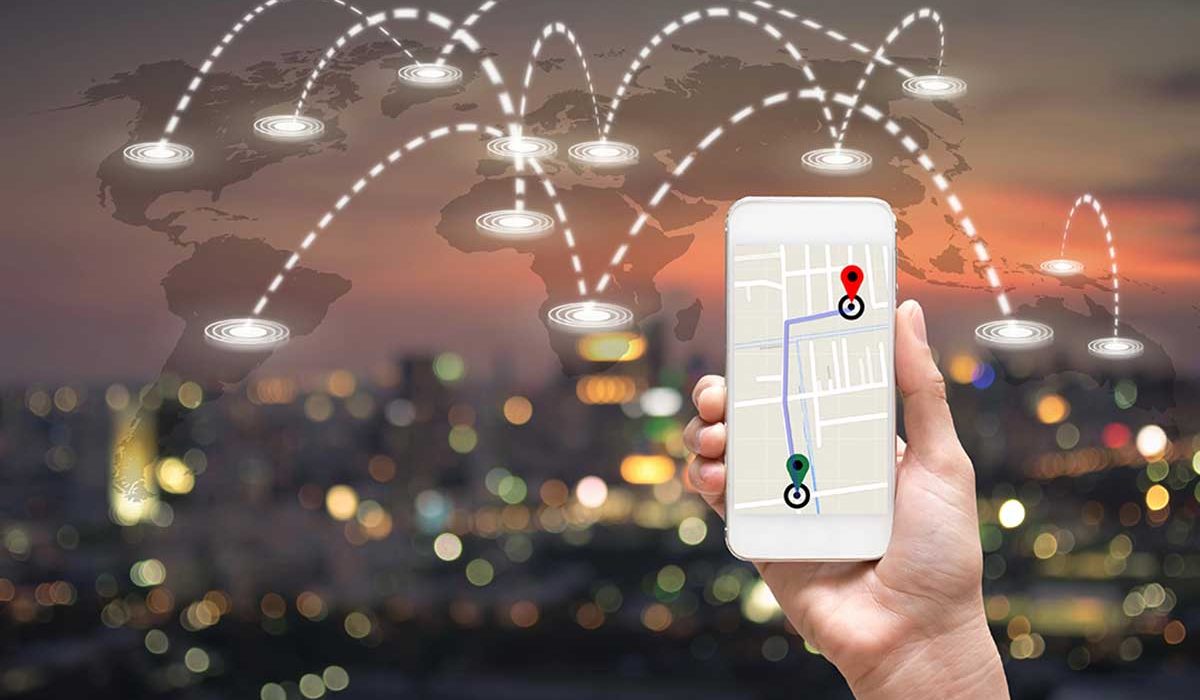What Is Geofencing Marketing And How Does It Work?
Geofencing marketing is a location-based advertising strategy that uses virtual boundaries—called geofences—to trigger targeted ads when users enter, exit, or move within a defined area. This technique helps businesses reach potential customers at the right moment by delivering timely promotions, notifications, or ads to their mobile devices. Instead of casting a wide net like traditional advertising, geofencing focuses on people who are most likely to convert based on their proximity to a business.
Retailers, restaurants, event organizers, and service providers use geofencing strategies to drive foot traffic and engagement. For example, a coffee shop might set up a geofence around a busy train station, sending discount offers to commuters passing by. A fitness center could target nearby office buildings, offering lunchtime membership deals to professionals. The ability to reach potential customers in real-time makes geofencing one of the most efficient digital marketing tools available.
How Does Geofencing Work?
Geofencing technology relies on GPS, Wi-Fi, Bluetooth, or cellular data to detect when a mobile device enters or exits a specific location. Here’s a simple breakdown of the process:
- Defining the Target Area
A business selects the geographic area it wants to target. This can be as small as a single building or as large as a shopping district. - Creating the Virtual Boundary
Using geofencing software, a digital perimeter is set up around the chosen area. When someone crosses this boundary with a mobile device, it activates the system. - Triggering the Ad or Notification
Once a user enters the geofence, they receive a pre-set marketing message. This could be a mobile push notification, an in-app ad, or even a special discount. - Tracking and Analyzing Performance
Businesses monitor data to see how many users engaged with the ad, visited the store, or completed a purchase. This helps refine future marketing efforts.
This precise targeting allows businesses to engage consumers in a way that feels relevant rather than intrusive. Unlike traditional mass marketing, geofencing delivers messages at the moment a customer is most likely to take action.
Why Businesses Are Using Geofencing Marketing
One of the biggest challenges in advertising today is reaching the right audience without wasting money on ineffective campaigns. Traditional ads on TV, radio, and print media reach a broad audience, many of whom have no interest in the product. Digital advertising is more targeted but often relies on browsing history rather than real-world behavior.
Geofencing fills this gap by focusing on location-based intent. A person walking past a gym is more likely to be interested in a fitness offer than someone browsing a fitness website from home. A customer inside a mall is in the shopping mindset, making them a prime target for promotional ads. This hyper-targeted approach reduces ad waste and increases conversions.
The Benefits of Geofencing Marketing
One of the strongest advantages of geofencing marketing is its ability to deliver instant, location-relevant messages. Since ads are triggered in real-time, businesses don’t have to rely on customers remembering a billboard or a commercial. The ad appears when it matters most—right before the purchase decision.
Another major benefit is cost-efficiency. Unlike traditional advertising, where businesses pay for broad exposure, geofencing focuses on smaller, high-intent groups. This allows companies to allocate their marketing budgets more effectively, maximizing their return on investment.
Geofencing also provides valuable consumer insights. Businesses can track foot traffic patterns, measure response rates, and refine their targeting strategies based on real-world behavior. This data-driven approach makes it easier to optimize campaigns and improve marketing performance.
Real-World Applications of Geofencing
Geofencing is widely used across industries, from retail to healthcare. Retailers use it to attract nearby shoppers with limited-time discounts. Restaurant geofencing marketing involves sending promotions to potential diners walking past their location. Event organizers engage attendees with real-time updates and exclusive offers. Automotive dealerships notify potential buyers about test-drive opportunities when they visit competing dealerships.
Healthcare providers have also found value in geofencing. For example, clinics specializing in weight loss treatment can set up geofences near gyms or nutrition stores, targeting people actively looking for health solutions. Fitness centers can send membership promotions to people visiting sports stores, while pharmaceutical companies can use geofencing to educate consumers about new medications near relevant healthcare facilities.
Real estate agencies utilize geofencing to promote open houses to potential buyers in specific neighborhoods. Political campaigns leverage location-based TV marketing to engage voters at rallies or key locations. The flexibility of geofencing allows businesses to customize their strategies based on customer behavior, making it one of the most adaptable and high-impact marketing tools available today.
How to Get Started with Geofencing Marketing
Businesses looking to implement geofencing marketing need to start with a clear strategy. The first step is identifying the best locations for their geofences. These could be areas with high foot traffic, competitor locations, or places where their ideal customers spend time.
Once the target area is set, the next step is crafting compelling offers. Generic ads don’t perform well, so businesses need to create promotions that feel personalized and urgent. For example, a restaurant might offer a discount on takeout orders during lunchtime, while a retail store could promote a flash sale when foot traffic is highest.
Choosing the right technology is also key. Reliable geofencing software should integrate with mobile apps, ad networks, and analytics tools to track performance accurately. Companies should regularly review their campaign data to make improvements and maximize their results.
Trust The Experts of Geofencing Marketing to Handle It
Geofencing marketing is not just a trend—it’s a game-changer for businesses looking to connect with customers in real-time. By leveraging location data, businesses can engage consumers in a way that feels natural and relevant.
If you’re ready to take advantage of geofencing, GetGeofencing is the go-to expert in the industry. As a leader in location-based marketing, GetGeofencing offers cutting-edge solutions such as geofencing marketing, addressable geofencing, event geofencing, search geofencing, retargeting, and OTT/CTV advertising.
What sets us apart? Undoubtedly, it’s our data-driven approach. Our advanced targeting ensures businesses reach the right audience while minimizing ad spend. Clients also benefit from a 24/7 customer dashboard, weekly optimization reports, and award-winning customer support.
Stop wasting your marketing budget on broad, ineffective campaigns. Contact GetGeofencing today for a free consultation and start reaching the customers who matter most.


